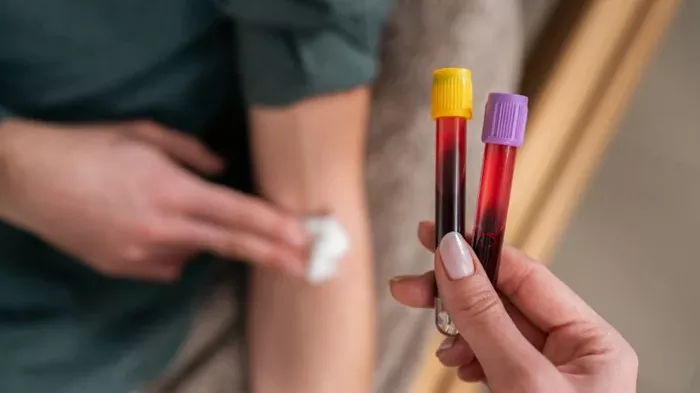In a major health-related decision, the U.S. Food and Drug Administration (FDA) has announced the ban of Red No. 3, a synthetic dye commonly used in foods and beverages, such as candies, cereals, and milkshakes. The decision comes after longstanding concerns about the dye’s potential to cause cancer in laboratory animals.
The ban affects thousands of food items, including products from large food manufacturers. Red No. 3 has been used in products like candy, fruit cocktail cherries, and strawberry-flavored beverages. As a result of this action, manufacturers have been given until January 15, 2027, to reformulate their products to eliminate the dye.
The ban comes as a response to a petition filed in 2022 by the Center for Science in the Public Interest (CSPI) and other advocacy groups, who highlighted the growing body of evidence linking the dye to cancer risks. In fact, Red No. 3 has been shown to cause tumors in laboratory rats exposed to high doses.
Dr. Peter Lurie, President of CSPI, emphasized that the ban addresses a regulatory paradox: while the dye was banned in cosmetics in 1990 due to its cancer risks, it remained legal in food products, despite the fact that children often consumed these products. “At long last, the FDA is ending the regulatory paradox,” Lurie said.
Red No. 3, originally approved for use in foods in 1907, is made from petroleum and has been widely used to give foods a bright red color. The FDA’s decision to revoke its approval follows years of research and studies, including a study in the 1980s that showed tumors in rats exposed to the dye. Despite its approval for decades, health concerns surrounding Red No. 3 have led to growing calls for its removal from the food supply.
The FDA’s decision also addresses concerns over the potential impact of artificial food dyes on children’s behavior, though the agency has previously found no direct link between food coloring and hyperactivity in children.
This action is seen as a victory for consumer advocates and health organizations, who have long campaigned for the removal of harmful additives from the food supply. Melanie Benesh of the Environmental Working Group expressed her satisfaction with the FDA’s decision, calling it “long overdue” and noting that the ban will help eliminate a cancer-causing chemical from the market.
Food manufacturers will have until January 2027 to comply with the new regulations. The Consumer Brands Association, a trade group representing the food industry, stated that companies would comply with the FDA’s decision. “Food safety is the number one priority for companies, and we will follow the FDA’s science-based approach to ensure safe products for consumers,” said Sarah Gallo, the association’s senior vice president.
The decision follows similar moves in other states, with California becoming the first to ban Red No. 3 in 2023. Other states, along with international bodies in countries like Japan, Australia, and the European Union, have already restricted or banned the dye.
Read more:
- 5 Simple Exercises To Boost Your Mental Health
- Losing Weight Improves Health Physically But May Affect Mental Wellbeing
- Study Reveals Risk Of Dementia May Double For Older Americans


